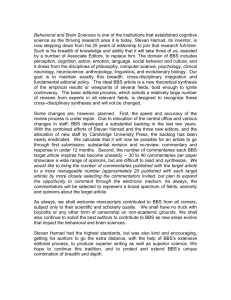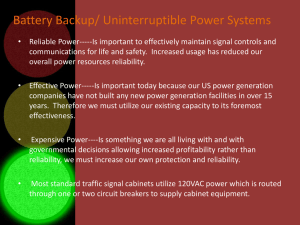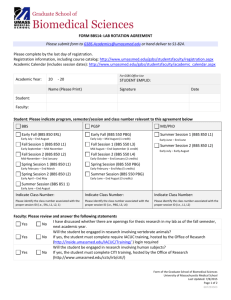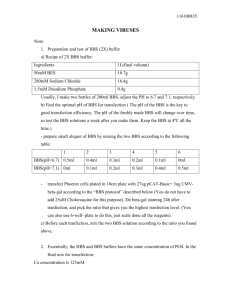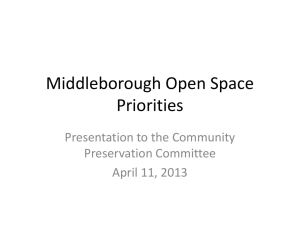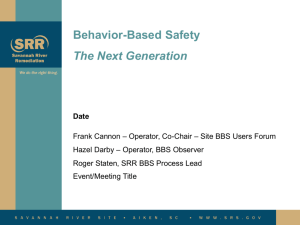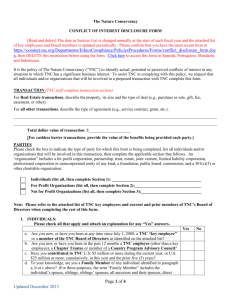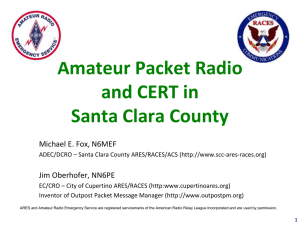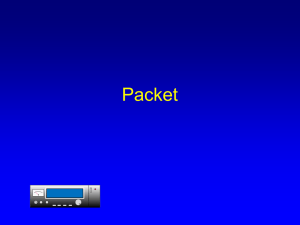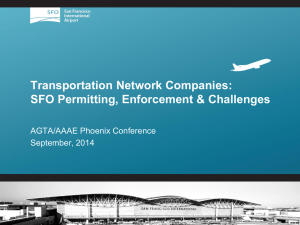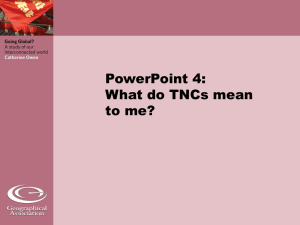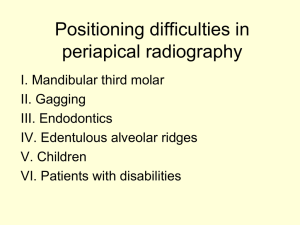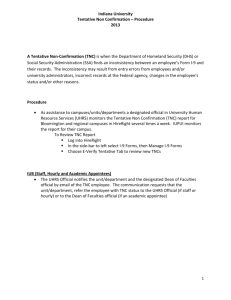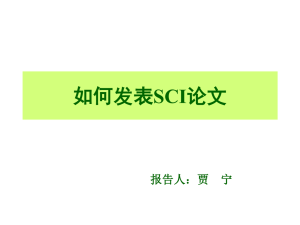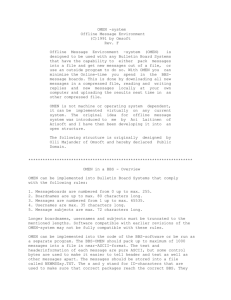Packet Radio
advertisement
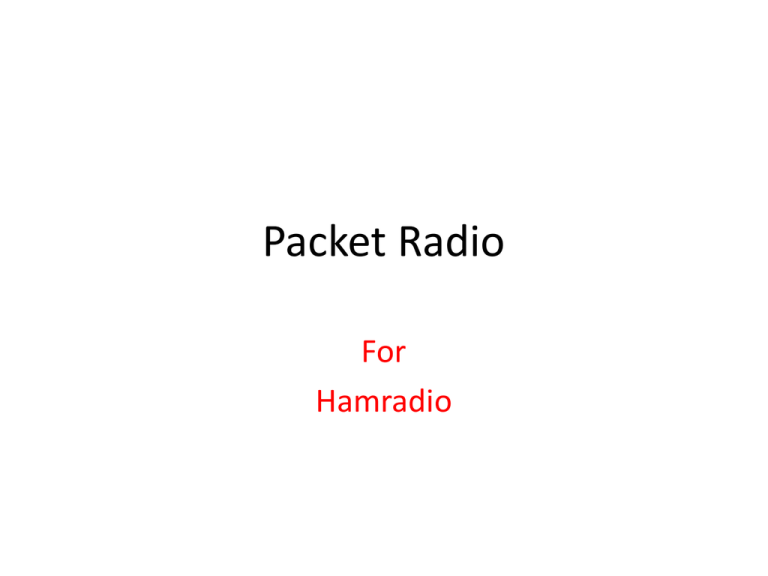
Packet Radio For Hamradio 1st A Little History ALOHAnet • • • • • A class project at the University of Hawaii The Professor was a ham 70 cm was the band The year was 1971 Successfully demonstrated the world’s 1st random access network and mailbox Evolution • ALOHAnet moved from radio to wires. • There were several iterations for improved performance • 1973 – Bob Metcalf at Xerox invents ethernet • Bob Metcalf opens 3Com and the rest is network history. What’s important about this? • Hamradio was first to demo an important capability • Dial-up networking was starting up to allow access to E/N connected networks • Modems were being maufactured that allowed inexpensive home opertions • Dial-up BBS’s were becoming “common” • Hams’ curiosity was again piqued. So what did the hams do? • A handful started to experiment with telephone dial-up modems at about 300 Baud • A few invented their own modems using the XR series chips • The wired protocol, X.25, was adopted for early packet radio • X.25 was extended to AX.25 to handle addressing issues. II • Early BBS’s were patterned on the dial-ups • By the Mid 1980 networks of networks were incorporated into amateur packet radio. • Phil Kairn, KA9Q, puts TCP/IP on top of AX.25 to extend network capabilities • TAPR created the TAPR-2 TNC. • AEA, MFJ, Kantronics, and others started to make and sell affordable TNCs based on TAPR-2 • And now we are up to date. The Neo Situation • AX.25 has been accepted by the ITU as RX.25 It’s the same thing, just the name was changed to fit ITU standards . 1200 Baud has become a defacto standard . . RX.25 is now standard with a few TCP/IP BBS’s From it’s peak in the 80’s to early 90’s, amateur packet mainly supports EMCOM and APRS PART II • FSK, 170 Hz. shift is used for 1200B • Some TNC’s use 200 Hz. shift • Sound cards have begun to replace hardware TNC’s • There are no backbones left in the area. • Connecting through digis is common • Packet radio and the Inet have merged So, you really want to do it? How to do it and what you’ll need • • • • • • • You will need: 2 meter radio Computer running a terminal application Either a TNC or sound card. (I recommend a TNC) The usual 2 meter antenna Cables to hook up everything Time to play and a BBS in line-of-sight What a BBS Needs • 2 meter radio • Computer • Either a TNC or sound card (I recommend a TNC) • • • • BBS Software The usual 2 meter antenna Cables to hook up everything Looks just like a home station, however there will be a need for more storage if there is a lot of traffic. Some basic things to know • Almost all TNC’s today can act as a simple BBS. • Any station can digipeat if that capability is turned on • TNC based BBS’s can not route • All packet networks work on a carrier sense, multiple access (CSMA) basis same as ethernet • Packet radio uses error correction, APRS does not part II • There are a number of different BBS types; ie, FBB, NET/ROM, RLI, MBL, etc. • There is a general commonality in the commands • HF packet is painful, but you can try it on 14.104 MHz. The Club’s situation and BBS • Everything was smoked in a lightning strike • AARC was running a Phil Kairns based BBS accepting RX.25 and TCP/IP, JNOS. • Digipeating was turned on for range extension • AARC could do static routing via radio or ethernet and had at least 5 Gbs of data storage. • TCP/IP apps FTP, SMTP, and Telnet were acceptable. • Everything should be replaced due to age or lightning. Recommendations • • • • • Kantronics KPC-3 - $230. Astron RS-20 - $140. Kenwood TM-281A - $150. A cheap netbook - $200. Assorted cables - $50. (est) • Total Est. - $770. A Serial Port Interface Simple Computer Audio Interfaces
